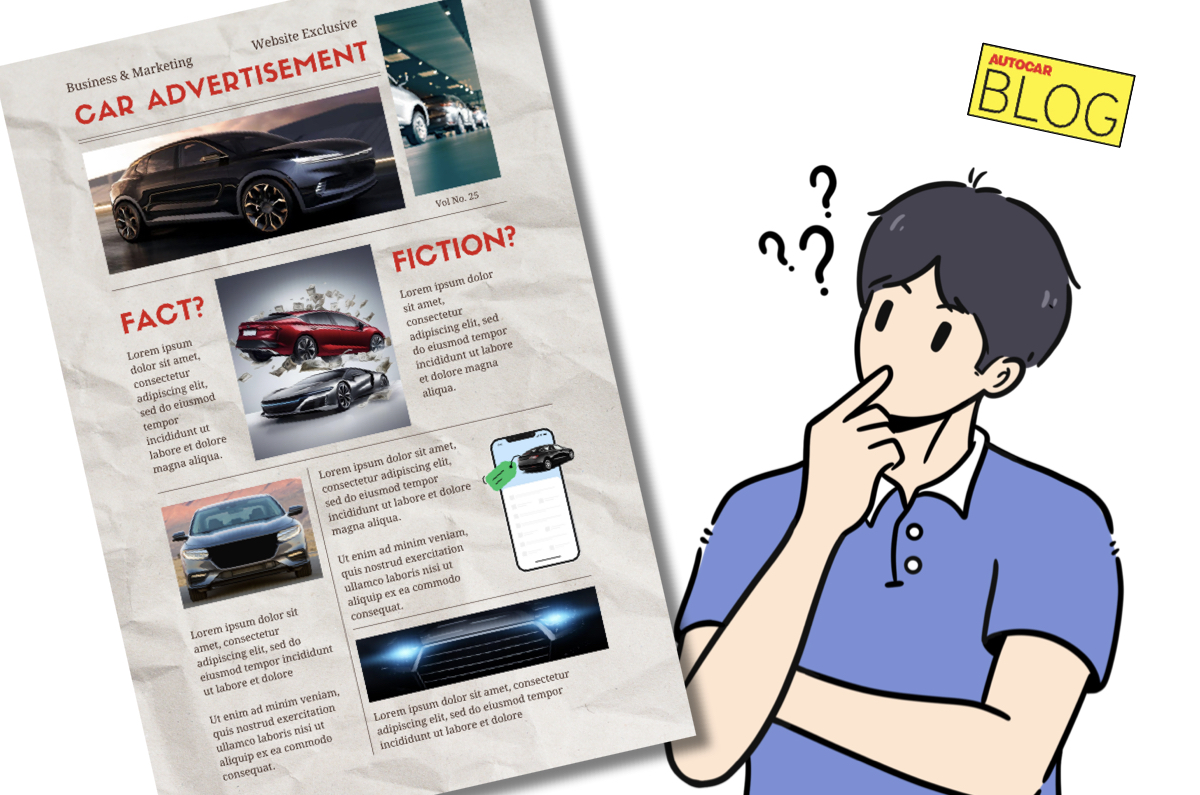
The year has started on a good note when it comes to upholding consumer rights. Mid-January, the NCDRC (National Consumer Disputes Redressal Commission) ordered the country’s leading carmaker to compensate a consumer for providing misleading information about the fuel efficiency of the car he bought 20 years ago. Though the penalty amount is paltry, the event itself is hugely significant in the evolving power of consumer rights.
Given the hyper-competitive landscape, it is easy for the consumer to be subjected to falsification of information. The latest WEF Global Risks report says that the biggest risk for the world for the next two years is the joint beast of misinformation and disinformation. For the marketer, it is unconsciously easy to slide from stating the truth to concocting the truth. I use the word unconsciously as there come times when we ourselves lose the ability to sift fact from myth and start believing in the latter.
What may seem harmless as a piece of information can both harm the consumer as well as backfire on the marketer. The sheer urge to spice up data and performance specifications always lurks in the shadows. The pressures of the marketplace seem to take the better of our conscience. And this is not the first time that an automaker has resorted to the falsification of reports and data. Enough “gates” have been laid open since the automobile was invented, just that we know more now as we probe more now.
I cannot claim myself to be bathed in milk on this front. As a marketer, I, too, have explored loopholes and confusing nomenclature to create ‘winning’ communication for the products I worked on. As a team member, I have looked away from network partners deliberately misrepresenting facts to promote our products. Luckily, I worked in times when activism and probity were in their nascent stages in our country.
Both are massive firewalls now. Some of the world’s biggest brands have been singed due to deliberate misdemeanours. Every piece of communication, be it advertising, a social media post, a promotional banner, a specification sheet or even a newspaper insert is under full scrutiny now, not only by competition but also by activists, regulators and the consumers themselves. In our days, if a wrong piece of advertising went out, it was only advised to be withdrawn, having already done its damage.
Today, there will be mayhem on all social media platforms. Leave aside the court’s ruling against you, the consumer backlash will be a nightmare to manage. This ruling is a landmark one and will have massive repercussions on the entire automobile marketing fraternity. The penalties will be minor but the damage to the brand will be massive. As you read this, all competition brands would have shared this judgment with all their network partners and customer bases. Hope the business leaders see this as the norm and not just an exception.
Also see:
Opinion: Tips for automotive marketers for 2024
Opinion: Luxury carmakers should offer a better customer experience
Opinion: Do automotive brands need multiple logos?



